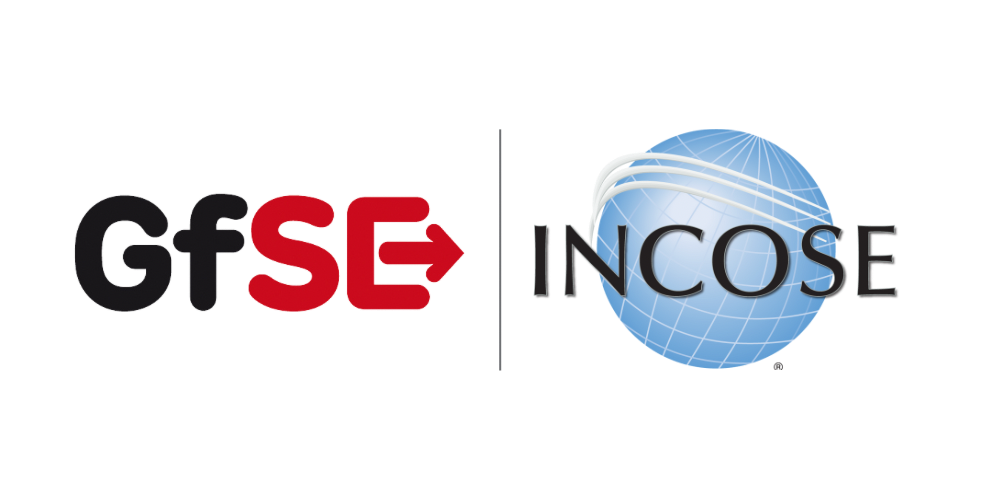O6_SKRD Stakeholder Requirement Definition Viewpoint
| Domain | Aspect | Maturity |
|---|---|---|
| Operational | Requirement |
Purpose
The Stakeholder Requirement Definition Viewpoint specifies all capabilities, functions and properties, that the intended solution shall possess or expose from the perspective of the Stakeholders. The Stakeholder Requirement Definition Viewpoint also captures constraints for the system to be developed from stakeholders perspective.
Applicability
The Stakeholder Requirement Viewpoint supports the “Stakeholder Needs and Requirements Definition Process” activities of the INCOSE SYSTEMS ENGINEERING HANDBOOK 2023 [§ 2.3.5.2]and contributes to the Stakeholder Needs and Requirements.
Supported Processes
Supported Information Items
Presentation
A tabular format lisiting
- unique requirement ID, text, and attributes,
- traceability reference to justifying model artefacts, e.g. operational stories, operational capabilities, identified concerns of stakeholders, and compliance statements Note: Stakeholder Requirements are to be structured in a way that the Stakeholder behind the Requirement is identifiable. When appropriate, the relationships between identified Stakeholder Requirements are and the justifying model artefacts, Operational Story, Operational Capability, Operational Performer, Operational Process, and Operational Exchange are presented.
- “One Requirement Package for each Stakeholder” is a best-practice modeling rule. A package contains the Requirements specific for one Stakeholder.
- Even if different Stakeholders may have intersecting interests and / or concerns resulting in a similar set of Requirements, each Stakeholder shall have its own set managed in a dedicated Requirement Package. Requirements must not be shared due to their different life cycles. Resolving duplications and conflicts is subject of the requirement analysis resulting in an agreed and consolidated set of System Requirements.
Stakeholder
Concern
- What are the normal and extreme environmental conditions for normal operation, for not operational, for storage, and for transport?
- What are the requirements of environmental conditions imposed on the system?
- What are the requirements that a Stakeholder imposes on the system?
- What defines a valid solution towards the customer?
- What is the range of acceptable system performance, i.e. the critical, top-level performance requirements derived from the operational needs?
- what has to be validated to the customer at system level?
Exposed Concepts
The Diagram shows the concepts exposed by the viewpoint, and related concepts if necessary.
The Table shows the concepts exposed by the viewpoint, and related concepts if necessary.
| Concept | Documentation |
|---|---|
| SHRimposedBY | Specifies the fact that a Stakeholder Requirement is provided by Stakeholders. |
| Stakeholder Requirement | A Stakeholder Requirement is a Requirement imposed by a Stakeholder. Stakeholder Concerns are refined by Stakeholder Requirements applicable for the SOI. The Stakeholder Requirements are a result of discussions and agreements of how the SOI addresses the Concerns of the respective Stakeholder. |
| System of Interest Stakeholder | An individual, team, or organization (or classes thereof) with interests in, or concerns relative to, a system. It may be involved in any life cycle phase of the System. The Stakeholder represents a class or kind of Stakeholders. Stakeholders have a certain involvement: Stakeholder Involvement captures the influence of a project specific Stakeholder on the System. Stakeholder Involvement is characterized by * Contact Person * Kind of involvement * Life Cycle Phases involved * Relevance decision if and up to which degree Stakeholder is considered * Rationale for decision when Stakeholder is not considered |
| Operational Story | The Operational Story represents one or more Operational Use Cases in the Usage Scenario identified by the Operational Context. The Operational Story is described as narrative story-telling. |
| System of Interest Concern | Any kind of interest a Stakeholder has. Note: Redundant with the meaning of "Need"? |
| SHRrefiningOSY | Specifies the fact that an Operational Story is refined by Stakeholder Requirements. |
| SHRrefiningCRN | Specifies the fact that a Stakeholder Concern is refined by Stakeholder Requirements. |
| SHRrefiningOCY | Specifies the fact that an Operational Capability is refined by Stakeholder Requirements. |
| Operational Capability | A Operational Capability is a high-level description or specification of an organizational unit's ability to execute a specified course of action, to implement a business process or to provide a service. Operational Capabilities typically require people, processes, infrastructure, technology and supporting systems to be implemented. A Operational Capability is an enduring element, its implementation may change over time. A necessary or desired change of a Operational Capability triggers the updated of involved systems or the integration new systems. Aliases: UAF::Capability NAF4::Capability |
| Compliance Statement | Used in the communication between Stakeholder (Customer) and Contractor. Compliance Statements are the first answer to the Stakeholder Requirements and are usually together with the Stakeholder Requirements part of the contract. They are valuable input for the System development and System Requirement elicitation. Information status: * not compliant (with explanation / rationale) * partially compliant (with explanation / rationale) * fully compliant |
| CSTconfirmingSHR | Specifies the fact that a Stakeholder Requirement has certain States of Compliance. |
Realization of exposed Concepts
The Diagram shows the realization of exposed concepts.
The Table shows the realization of exposed concepts.
